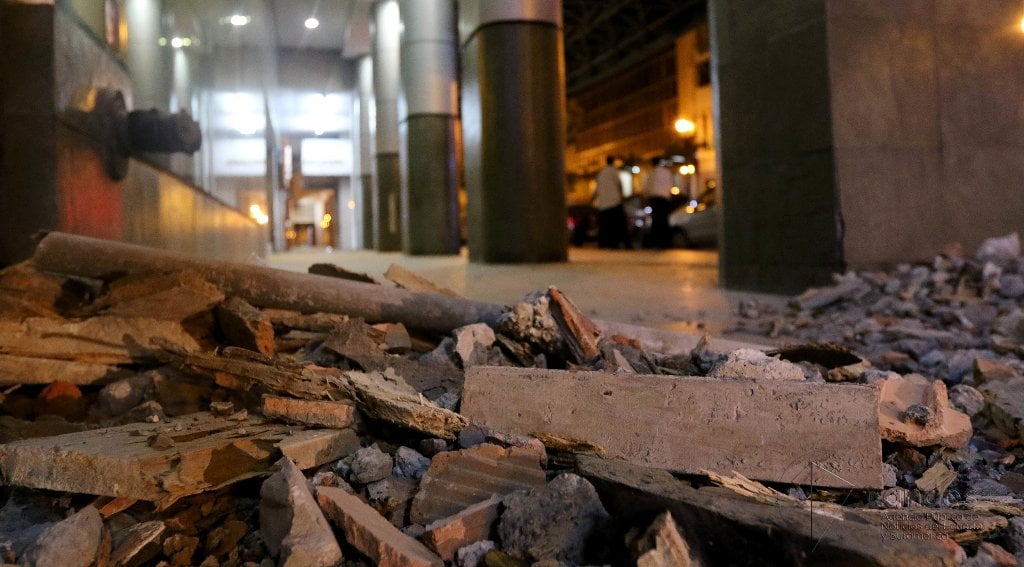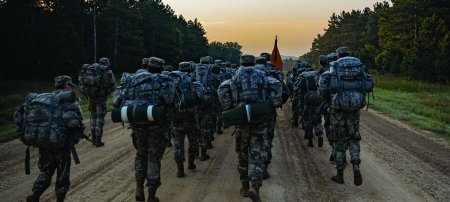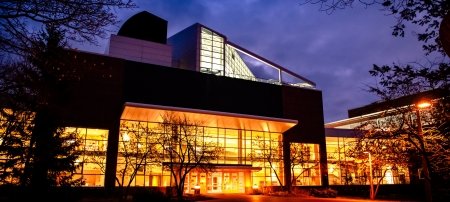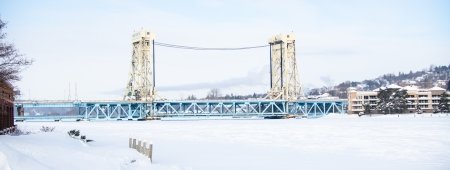Luke Bowman is no ordinary geologist. He thinks about people and communities as much as he considers the dangers of landslides, volcanoes and earthquakes. Bowman is a geoscientist with an unique interdisciplinary take on mitigating and responding to geohazards, a kind of "social geology" that combines social science and geology techniques. Right now, he is in Ecuador, helping communities respond to the recent 7.8-magnitude earthquake.
A recent doctoral graduate of Michigan Technological University, Bowman took a faculty position at Yachay Tech University in Urcuquí, Ecuador, where he’s due to start teaching in the fall. Throughout the next week, he will be visiting the coast, helping communities respond and recover. He is currently in Quito where he has helped media organizations unravel details about the earthquake, why it happened and the area's seismic history; he's also helped quell misinformation on social media to prevent panic.
"No matter how good the science is, or how well we can predict where a hazard could occur, there’s still a human component we shouldn’t ignore,” Bowman says, adding that local communities often have a stronger working knowledge of a place than outside researchers. He says researchers and disaster aide workers in general can be of greater help when they have a clearer understanding of the broader social and cultural context of geohazards.
Understanding how to improve disaster response stems directly from Bowman's graduate research and his time spent in the Peace Corps in Honduras. Additionally, Bowman spent much of his PhD research in El Salvador—and as a Fulbright Fellow—studying landslides and eruption risks at the San Vicente Volcano. The earthquake context is new to him, but he says, "there are lot of overlapping ideas that serve regardless of the hazard."
On the volcano's flanks, Bowman and colleagues from El Salvador and Michigan Tech analyzed physical data—everything from rainfall to slope stability calculations—and gathered social data from one-on-one interviews, community gatherings and key documents. This enabled Bowman and his colleagues to look into reasons why people live in such hazardous places and to suggest more realistic evacuation plans and emergency protocols. With the local communities invested in the work, they could account for social vulnerability as well as geophysical vulnerability.
Michigan Technological University is a public research university founded in 1885 in Houghton, Michigan, and is home to more than 7,000 students from 55 countries around the world. Consistently ranked among the best universities in the country for return on investment, Michigan’s flagship technological university offers more than 120 undergraduate and graduate degree programs in science and technology, engineering, computing, forestry, business and economics, health professions, humanities, mathematics, social sciences, and the arts. The rural campus is situated just miles from Lake Superior in Michigan's Upper Peninsula, offering year-round opportunities for outdoor adventure.






Comments